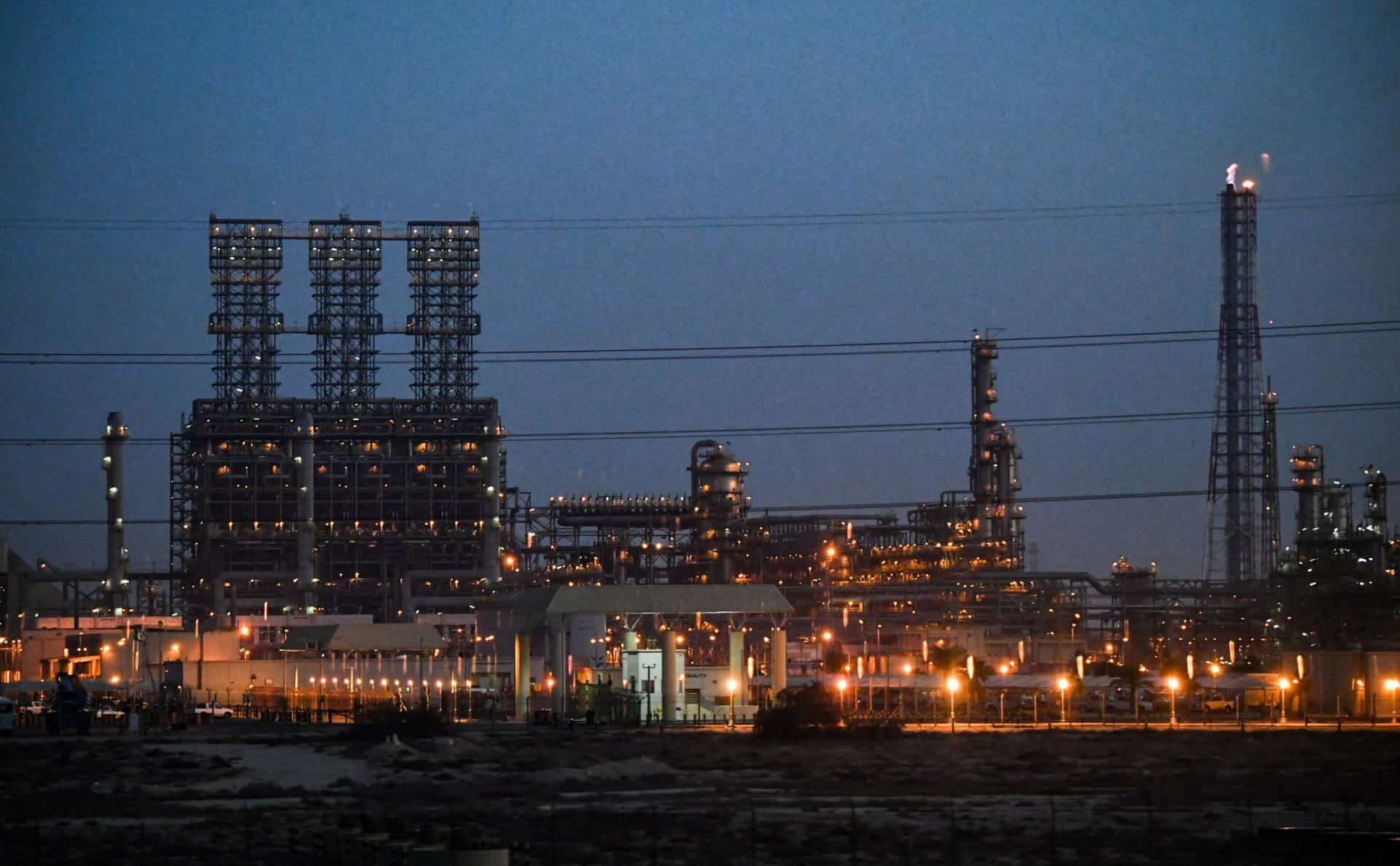Although its supply of crude oil fell ten percent on the month, Saudi Arabia still continued to be China’s top crude oil supplier for the ninth month in July, while Russian imports slipped by just 4 percent.
Shipments from Saudi Arabia, according to media reports, totaled 6.69 million metric tons in July, or 1.58 million bpd, compared with June’s 1.75 million barrels per day, but was a quarter more than July last year, according to data from the General Administration of Customs in China.
Imports from Russia were 6.64 million metric tons last month, or about 1.56 million bpd, versus 1.62 million bpd in June. China’s total crude oil imports last month tumbled almost 20% from a year ago as independent refiners faced tighter import quotas amid a government clamp-down on trade of the permits.
Imports from Malaysia tripled from a year earlier to 1.18 million metric tons, and up from June’s 1.17 million metric tons. Shipments of oil from Iran and Venezuela have been reported as originating from Malaysia after cargoes were transferred in Malaysian waters to avoid U.S. sanctions, according to traders and tanker tracking specialist Vortexa Analytics.
Heavy crude from Venezuela was previously passed on as bitumen mix but that has dropped sharply after China began enforcing taxes on bitumen mix in June. The official data recorded no arrivals from Iran and Venezuela.
Data also showed imports from the United Arab Emirates last month fell 46% from a year ago, indicating slower purchases of Iranian oil, some of which has been sold as having originated from the UAE.
Imports from Brazil remained subdued, at 2.43 million metric tons last month, down 47% from a year earlier.

